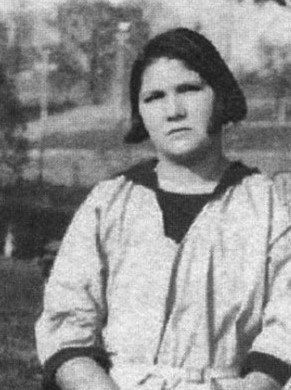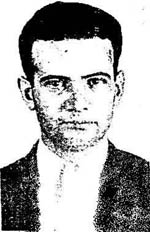Eugenics in the Courts
State Legal Challenges
Alabama’s law faced a challenge in the form of Relf v. Weinberger. The Southern Poverty Law Center filed a suit on behalf of two sisters. The district court forced the U.S. Department of Health, Education and Welfare to reform their regulations and cease using federal funding for forced sterilizations.
“Mary Alice was 14 and Minnie was 12 when they became victims of the abusive practice of sterilizing poor, black women in the South. Their mother, who had very little education and was illiterate, signed an 'X' on a piece of paper, expecting her daughters, who were both mentally disabled, would be given birth control shots. Instead, the young women were surgically sterilized and robbed of their right to ever bear children of their own" (The Southern Poverty Law Center).
Smith v. Wayne Probate Judge (1925) was a court case that went to Michigan’s Supreme Court. Though Michigan would pass legislation after this ruling, it ruled forced sterilization temporarily unconstitutional as it violated an individual's right and was cruel and unreasonable. The case would not hold up, but it set a precedent that boded poorly for the future of forced sterilization legislation.
Federal Legal Challenges
Buck v. Bell (1927)
Eugenicists knew they would have to have court precedent in their favor if they wanted to continue codifying prejudice into law. They set out setting up a case completely under their control. They would find that in Buck v. Bell (1927).
Carrie Buck’s mother had been sterilized, Buck had been institutionalized, and her daughter had been judged as developing below the benchmarks for her age. Eugenicists provided Buck with a lawyer dedicated to eugenics, sending the case to the Supreme Court.
Not aware of the setup, the Supreme Court ruled with Dr. Priddy, the man who had sterilized Carrie Buck. Eugenics had triumphed at the highest court in the land.
"...it does not matter whether she [Buck] was actually 'feeble-minded.' Forcibly sterilizing her violated her bodily autonomy and the case would have been just as horrendous if she truly had an intellectual disability or epilepsy. Buck v. Bell is truly one of the most harrowing Supreme Court decisions, a continual reminder of the strain of eugenicism in the history of the United States" (Chen, 94).

"Carrie Buck and Emma Buck" Cold Spring Harbor Laboratory

"Jack Skinner before Skinner v. Oklahoma"
3 Generations No Imbeciles
Skinner v. Oklahoma (1942)
Jack Skinner, a prison clerk who believed in forced sterilization for the insane, was a three-time convict who found himself facing potential sterilization.
Oklahoma had passed forced sterilization legislation targeting convicts.
Skinner agreed to sue in hopes of overturning the ruling for his own sterilization, making it to the Supreme Court of the United States to test the precedent set by Buck v. Bell.The prosecutor didn’t present evidence that Skinner or any other Oklahoma inmates had inherited a criminal disposition.
Skinner v. Oklahoma effectively overturned Buck v. Bell. It did not stop sterilizations which continued long after the Supreme Court ruled them unconstitutional because they violated the 14th Amendment’s Equal Protection clause and the 5th Amendment's Due Process Clause.